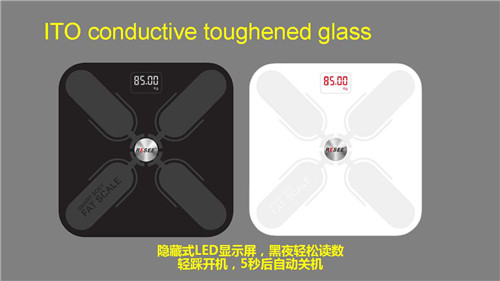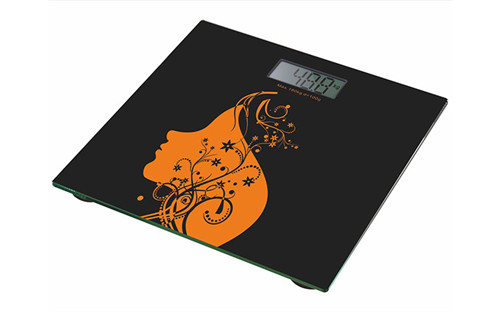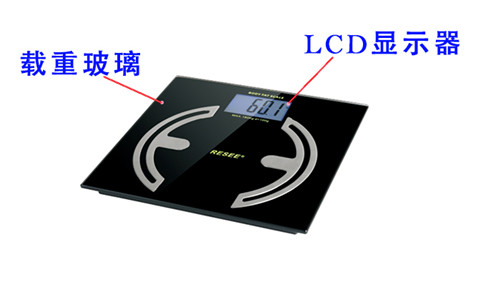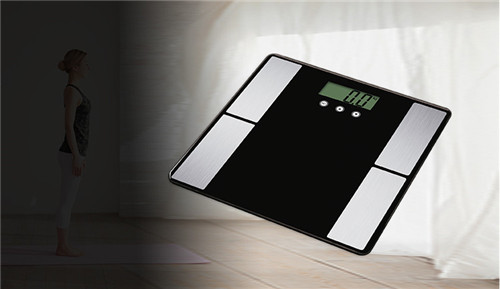Electronic scales are easy to break down and need to be repaired for damage caused by overloading
At present, the use of electronic scales is very convenient. With the continuous supply of production costs and prices, electronic scales manufacturers are increasingly popular in production, trade and other aspects, and are deeply loved by the majority of users. However, because the electronic scales use sensors as weighing components, it is difficult to maintain the electronic scales after failure.
Sensor is an important part of electronic scale. At the same time, sensor is a relatively easy part to damage in electronic scale. It is easy to cause sensor overload damage because of improper use and weighing objects beyond the measurement range of electronic scale. At the same time, in order to reduce costs, some manufacturers of electronic scales use the sensor with low overload capacity, and the design of preventing sensor overload is too simple, which objectively causes the electronic scales easy to break down and damage due to overload and needs to be repaired.

Fault Maintenance and Judgment Scheme of Electronic Scale
(1) By measuring the input and output resistance of the sensor, the quality of the sensor can be judged. When inspecting the sensor, the connection line of the sensor should be judged first. For the sensor connected to the circuit, a simple method can be used: turn on the power supply of the electronic scale, then turn on, use the universal meter DC voltage, the negative pole grounding and the positive pole to measure the four connection lines of the sensor respectively. The voltage is zero (grounding). It's V-1. The highest voltage is V+, and the half voltage is S+and S-1.
(2) By measuring the zero output signal of the sensor, the quality of the sensor can be judged. Because the internal circuit structure of the sensor is a bridge, the output signal value of the two signal terminals (s + and S 1) should be 0 m V in theory without load. But in fact, due to the fabrication process of the sensor, the zero output signal can not be completely zero. According to the national standard, the zero output signal can not be greater than the + I% FS output of the sensor. For example, if the sensitivity of a sensor is 2.00 mV/V, the input voltage of the circuit is 1 O V, the maximum output voltage of the sensor is 2 mV, and V(sensitivity)*10 v(input voltage)=2 O mV, the zero output signal should not exceed -I-1%x 20 mV=i-0.2 mV.

3. Short circuit of electronic scales; in the actual detection process, for electronic scales that can not start normally, two signal terminals (s + and s 1) can also be short-circuit directly with a metal tweezers, and then start up. If the electronic scales can start normally and display zero position, it can also be basically determined that the sensor is overloaded and damaged. The principle is to balance the voltage of the two signal terminals by direct short circuit, so that the program considers the sensor to be normal, and then through the self-checking program.
4. replacement method. For sensors that can not be determined by the above methods, they can be replaced. Connect a sensor with similar sensitivity and resistance to the circuit. If the electronic scale can start normally and react to loading, it can also determine the damage of the original sensor. However, because the data recorded by different electronic scales during calibration are different, the measured values displayed by the transducers are incorrect. When replacing the sensor, it should be noted that if the model specifications of the sensor are different, it is not necessary to re-calibrate or calibrate it, otherwise the original program data may be lost and can not be recovered.

Maintenance scheme of electronic scales sensor overload, resulting in damage can be divided into two categories to a certain extent
(1) The elastomer is severely damaged. The elastomer has been deformed directly from the appearance, the internal resistance strain gauge may have been broken, and the output resistance value is infinite. In this case, the sensor has no repair value, so it is recommended to replace it.
(2) The elastomer is not seriously deformed, but the output resistance is unbalanced, or the zero output value is too large. This kind of situation can be repaired by simple methods. According to the actual maintenance experience, sensor overload caused irreparable damage is not much.

The following describes the maintenance methods of electronic scales, mainly for the second situation.
(1) re calibration. The electronic scale can be re-calibrated if it can start normally, but it shows overload when it is loaded to or near full range load. Because modern electronic scales generally have internal calibration procedures in software design, when the indication error is small, the electronic scales can be re-calibrated according to the specifications or the technical information provided by the manufacturer, which can often make the electronic scales return to normal.
(2) To adjust the zero voltage of the circuit, because the zero output of the strain sensor is different and unstable, many electronic scales will design a zero-adjusting circuit. There are generally two ways of adjustment.
First, the use of adjustable potentiometers; second, the use of jumper switches. It's OK to adjust the potentiometer or jumper directly during maintenance.
By understanding the structure principle of resistance strain sensor and using the above several maintenance methods, the state of sensor can be checked quickly, the damage of sensor can be judged, and the fault can be eliminated effectively.

Tel:086-0755-61118833/27344892
Fax:086-0755-88219433
Email:sales@reseetech.com
URL:www.reseetech.com.cn、www.reseetech.com
Address:Room 1102,Building 22, Shapu Wai Community Entrepreneurship Industrial Zone, Songgang Street, Baoan District, Shenzhen City, CHINA
